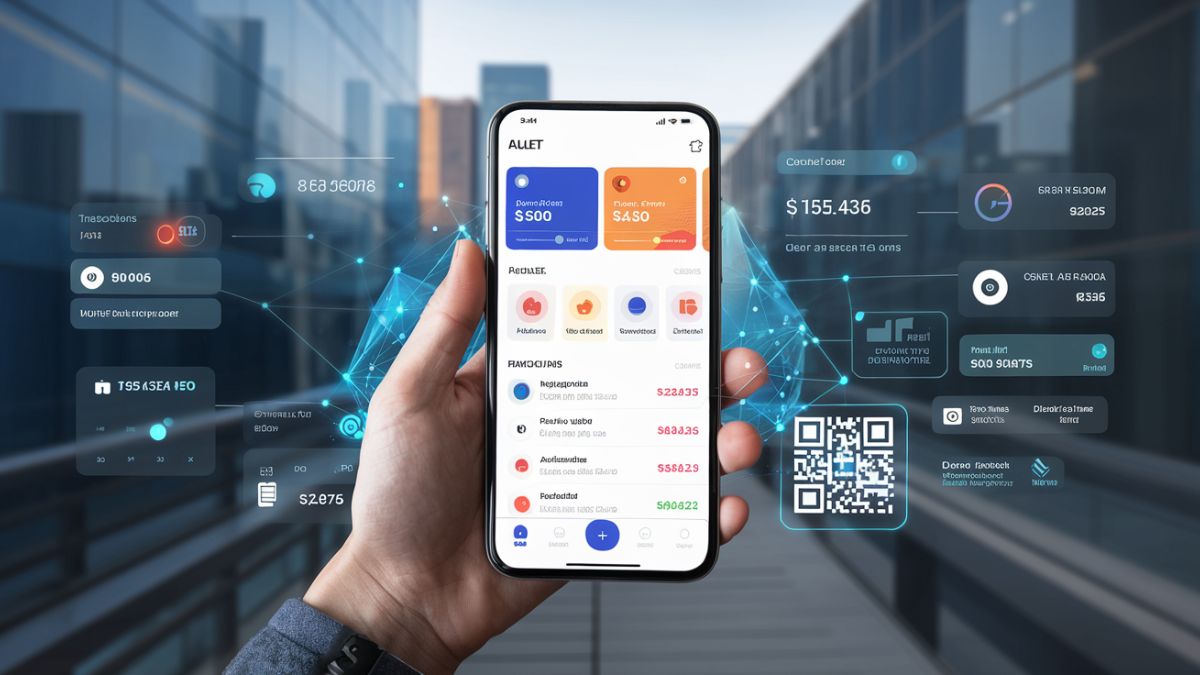Opioid addiction is a widespread issue that affects individuals, families, and communities alike. For those seeking help, medication-assisted treatments, like Suboxone treatment, are often explored as part of a recovery plan. Suboxone is a prescription medication specifically designed to aid in managing opioid dependence. Here is how the drug works, how it’s administered, and how it differs from other medicines:
Combination of Two Drugs
Suboxone is a combination medication that contains two active ingredients, buprenorphine and naloxone. Buprenorphine is a partial opioid agonist, which means it interacts with the same receptors in the brain that opioids do, but its effects are significantly milder. This property helps reduce withdrawal symptoms and cravings in individuals struggling with opioid addiction.
Naloxone, the second ingredient, is an opioid antagonist. It works by blocking opioid receptors, which can prevent misuse. If someone attempts to take Suboxone improperly, naloxone kicks in, reducing the possibility of a euphoric high. This combination creates a balance between providing relief for withdrawal symptoms and discouraging misuse.
Difference Between Suboxone and Methadone
When comparing Suboxone to methadone, there are notable distinctions in how these medications are used and regulated. Methadone is a full opioid agonist, meaning its effects on the brain are more similar to those of opioids. While it can also reduce cravings and withdrawal symptoms, methadone has a higher risk of misuse if not appropriately managed.
Methadone treatments often require daily visits to specialized clinics, whereas Suboxone can be prescribed by certified healthcare providers and taken at home following specific medical guidance. This flexibility with Suboxone makes it a practical choice for individuals who prefer a treatment option that integrates more easily into their daily lives.
How Suboxone is Delivered
Suboxone is typically administered as a sublingual film or tablet placed under the tongue to dissolve. This delivery method is designed so that the medication is absorbed efficiently into the bloodstream. The frequency and dosage depend on the individual’s needs and treatment plan, which their healthcare provider determines.
Healthcare professionals typically begin with an induction phase. This phase is when Suboxone is introduced after withdrawal symptoms have started. Once stabilization is achieved, patients move on to maintenance therapy. During maintenance, dosages might be adjusted over time based on progress, with regular check-ins to assess how the treatment is working. Adherence to the prescribed regimen is required for effectiveness.
How Suboxone Treats Opioid Addiction
Suboxone treatment plays a role in addressing the physiological challenges of opioid addiction. By acting on the same receptors as opioids, it helps alleviate withdrawal symptoms and reduce cravings, making the recovery process more manageable. It is one component of a comprehensive treatment plan that may also include therapy and counseling to address the psychological and behavioral aspects of addiction.
What sets Suboxone apart is its ceiling effect. Unlike full opioid agonists, Suboxone’s effects level off at a certain point, reducing the risk of accidental overdose. This feature contributes to its safety profile compared to traditional opioids.
Seek Suboxone Treatment
Suboxone is a valuable tool for addressing opioid addiction, helping individuals reduce withdrawal symptoms and manage cravings as they work toward recovery. Its unique combination of buprenorphine and naloxone provides a practical approach to stabilizing individuals’ conditions. When used within a supervised treatment plan, Suboxone can be part of a broader strategy. For those exploring Suboxone treatment, connecting with a healthcare provider is a major step. These professionals can discuss options, monitor progress, and provide resources to support recovery.


